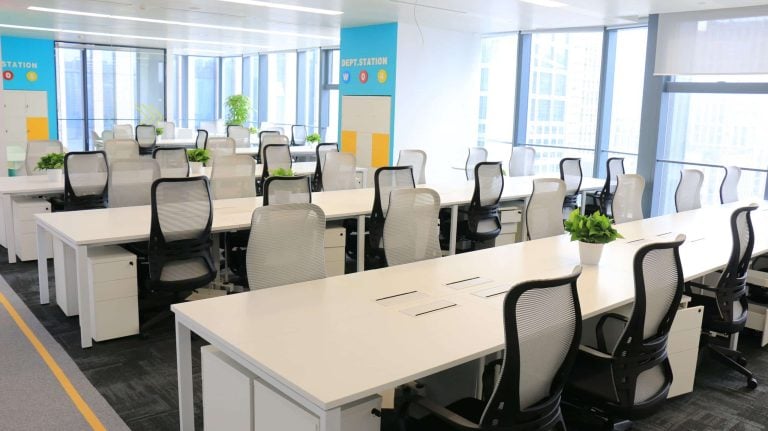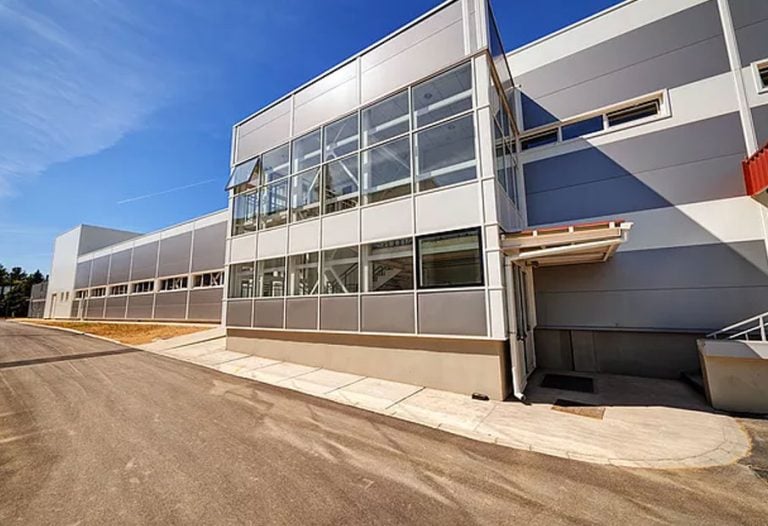10 Ways for Care Homes to Save Money

Table of Contents
Today, we’ll look at ten practical and cost-effective strategies for UK care homeowners to save money while providing excellent care to their residents. We understand the challenges of running a care home and the significance of maintaining a loving atmosphere without sacrificing quality as compassionate carers.
So, let’s dig into these money-saving measures, looking at how tiny adjustments may influence our nursing homes and the lives of individuals we care for. Together, we’ll figure out how to balance sensible spending and provide the high-quality care that our people deserve.
10 Tips and Tricks to Help Your Care Home
Care homes serve an essential societal role by offering specialised care, support, and a safe environment for the elderly or fragile persons who require daily life aid. They enhance dignity and improve residents’ quality of life by providing a feeling of community, encouraging social engagement, and ensuring access to professional healthcare services. Saving money in nursing homes ensures quality care and maximises resources. Here are some money-saving tips for nursing homes:
1) Negotiating with Suppliers
Establish excellent ties with suppliers and be a loyal care homeowner customer. Review and evaluate offers from various providers regularly to locate the most cost-effective solutions. Negotiate lower prices, volume discounts, and more extended payment periods. Consider signing long-term contracts to get better terms and deals on crucial supplies. Giving you a head start on looking for more energy-saving ideas and discounts for your care home.
2) Make use of Energy Efficiency Measures
As a care home owner, investing in energy-efficient techniques can drastically cut monthly electricity expenditures. Consider upgrading to LED lighting throughout the property, adding programmable thermostats to control heating and cooling, and ensuring adequate insulation to keep heat in during the colder months. Take advantage of government programmes or incentives available to improve energy efficiency.
3) Preventative Maintenance
Regular maintenance and timely equipment and facility repairs can help avoid costly breakdowns and extend asset life. Implement a maintenance schedule and prioritise correcting concerns immediately to prevent expensive emergency repairs.
4) Staff Training and Development
Well-trained staff can improve resident care and reduce the risk of accidents or errors that may lead to costly consequences. Look into partnering with local training providers or associations to offer cost-effective training programs for staff development.
5) Bulk Purchasing
Join buying groups or consortia to get lower pricing on necessities. Purchasing in bulk can result in significant savings from suppliers. Contracts should be negotiated with suppliers, and the potential to centralise buying for various care facilities should be investigated.
6) Seek out Community Partnerships
Form alliances with local companies, suppliers, and service providers. Collaborate with local hospitals or healthcare providers to explore cost-sharing or reduced services. Engage with community organisations to seek event sponsorship options, lowering costs for leisure activities.
7) Waste Reduction
Implement recycling programmes and encourage employees to reduce trash. Collaboration with waste management providers can guarantee effective trash disposal practises, potentially lowering waste disposal expenses. To demonstrate social responsibility, emphasise ecologically friendly practices.
8) Staff Scheduling Optimization
Staff schedule should be optimised to meet the demands of residents while minimising needless overtime charges. Use staff management software to analyse past data and demand trends to ensure sufficient personnel levels without incurring unnecessary costs.
9) Medication Management
Collaborate with healthcare providers and pharmacies to investigate cost-effective drug solutions. When possible, choose generic alternatives and negotiate with pharmacies for a reasonable price.
10) Group Activities and Entertainment
Organise group activities and entertainment to save money on individual entertainment. Collaborate with local community groups, artists, or performers who may be willing to give reduced costs for frequent events.
Always include your care home personnel in cost-cutting initiatives, as they may give useful insights and assistance in properly implementing these measures. Examine your financial records and budgets on a regular basis to assess progress and ensure that your care home is financially sound while delivering good care to residents.
Conlusion
Finally, understanding the financial environment of a care home necessitates a deliberate and planned strategy. We’ve looked at 10 practical and cost-effective strategies for UK care home operators to save costs while maintaining the greatest level of care for residents.We understand the delicate balance between minimising expenses and creating a caring atmosphere that provides a sense of home for residents as compassionate carers.
Let us continue to collaborate in order to increase the financial sustainability of our care facilities by embracing innovation and sharing best practices. We can create a brighter future for the care home sector by remaining cognizant of both our residents’ needs and our budgetary constraints.






